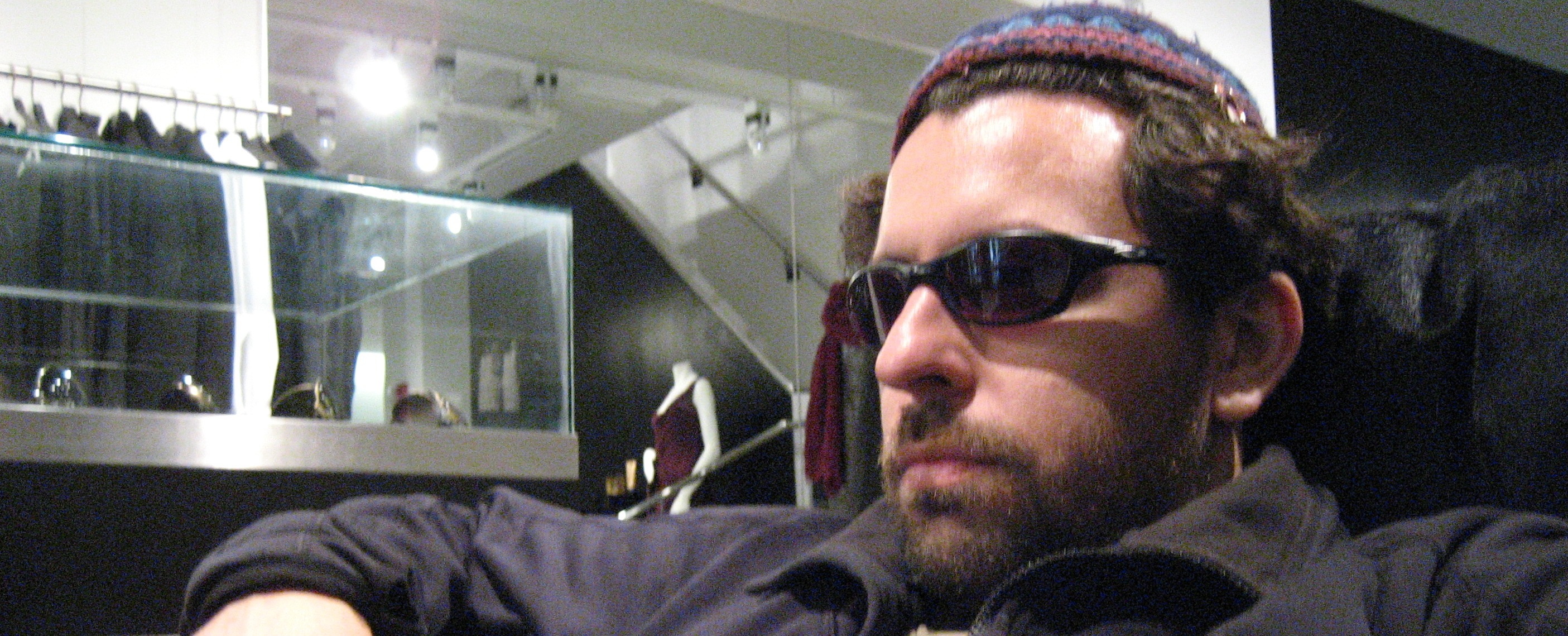Jerusalem’s downtown shelters: where are they?
Where were you during Israel’s recent emergency drill? Many residents of downtown Jerusalem simply didn’t know where to go.
 click here for original posting
click here for original posting
By Amihai Zippor
(Jerusalem Post) When a siren recently blared across Israel as part of the Home Front Command’s five-day national drill, downtown Jerusalem didn’t miss a beat. Shops remained open and vendors and customers continued as usual.
In this simulation of an enemy attack, citizens around the country were instructed wherever possible to head for local shelters. But in the middle of Rehov Ben-Yehuda in the center of the capital, few showed any interest.
“I can’t believe nobody even flinched,” said Tyler James, who stood with a video camera and microphone, baffled at what he just experienced.
“I thought I’d shoot some footage of people running in a panic or at least rushing to bomb shelters but nothing changed. It was as if nobody really cared,” he said.
As images of political leaders and other public servants interrupting their schedules and heading for shelters in government buildings were later broadcast, it subsequently became clear that much of the public was at a disadvantage. It wasn’t that citizens were unaware of the exercise, but many didn’t know where to go and felt the municipality hadn’t provided the necessary information.
A survey of store owners and pedestrians by In Jerusalem revealed that nobody knew where the nearest shelter was, but many suggested walking several minutes to an underground parking garage on Rehov Eliash. One man said he thought there was a shelter in the basement pharmacy a few doors away on Rehov Ben-Yehuda. However, only by entering the lobby of the building would it have become apparent, as a few photocopied signs taped to the back wall read “protected area” with arrows pointing to the pharmacy on the lower level. Some of the pharmacy’s employees weren’t sure if their workplace also served as a shelter. It seems that while shelters or protective areas in many residential buildings and homes are properly marked, in the public sector they are not.
The situation led one local businessman to express his shock at the lack of information disseminated to the public.
“When they did a similar drill about a year ago, I couldn’t find any indication of where the shelters were, so this time I called the Home Front Command two days before the exercise. They are supposed to be responsible for the locations of the shelters but they said they weren’t and that I should call the municipality,” said the businessman, who preferred to remain anonymous.
“When I asked the municipality where the shelters in the middle of town were, the person on the other end of the line said he wasn’t really sure and had to go and check,” he said. “I could hear him ruffling through some papers for about 20 seconds; when he came back, he cited 30 [King George Avenue, near the corner of Rehov Narkiss] and 58 King George Avenue [at the Great Synagogue] as locations [with shelters]. I told him, ‘I know it’s two days before the exercise but I feel like I’m the first one to call.’ To which he replied, ‘You actually are.’ It either shows that everyone else knows where the shelters are or everyone knows there are no shelters.”
The businessman highlighted the fact that both those locations on King George are more than a five-minute walk from the center of town, which means there’s nothing to accommodate the 25,000 people who work, shop or pass through downtown Jerusalem every day.
In Jerusalem sought clarification on the matter, but the municipal spokesman’s office could not confirm the capacity of local shelters. Instead, it suggested checking the Home Front Command Web site, which contains all the necessary information.
Surfing the site, which has Hebrew, English, Russian and Arabic versions, didn’t answer that particular inquiry but did provide useful data regarding what to do in the event of an emergency, be it a natural disaster or an attack. In the case of an attack those inside who don’t have a bomb shelter should enter a room farthest from the street and sit on the floor leaning against an interior wall. If one is outside in a built-up area, enter the nearest building and follow instructions from others or in an exposed area lie on the ground face down covering your head with your hands.
These instructions and a host of other material on the site expose the public to important protective measure, but many people do not have Internet access or are unfamiliar with the site.
According to Home Front Command spokesman Matan Greenstein, that’s why his organization began working with municipalities around the country a month before the drill, and a campaign to alert the public on radio, television and print media began 10 days prior.
“It was to help the public understand the definition of a shielded space, as it’s not just a shelter,” he said. “Home Front Command has said that anyone who doesn’t have access to a bomb shelter should find the nearest protected area, whether it’s the lowest floor in a building or the lowest spot you can find. If you are on the 10th floor of a building, go down five or six floors to a place that is more protected.”
Greenstein stressed that such exercises are not 100 percent effective, as there will always be people who know less or don’t know anything at all.
“The question is if the majority knows what’s going on, that’s what’s important,” he said, adding that last year 52 percent of Israel’s citizens participated in the exercise. “They reacted, and that’s the expectation.”
However, if a poll had been taken just in Jerusalem’s downtown area on the day of this year’s drill, that figure would have been much lower.



